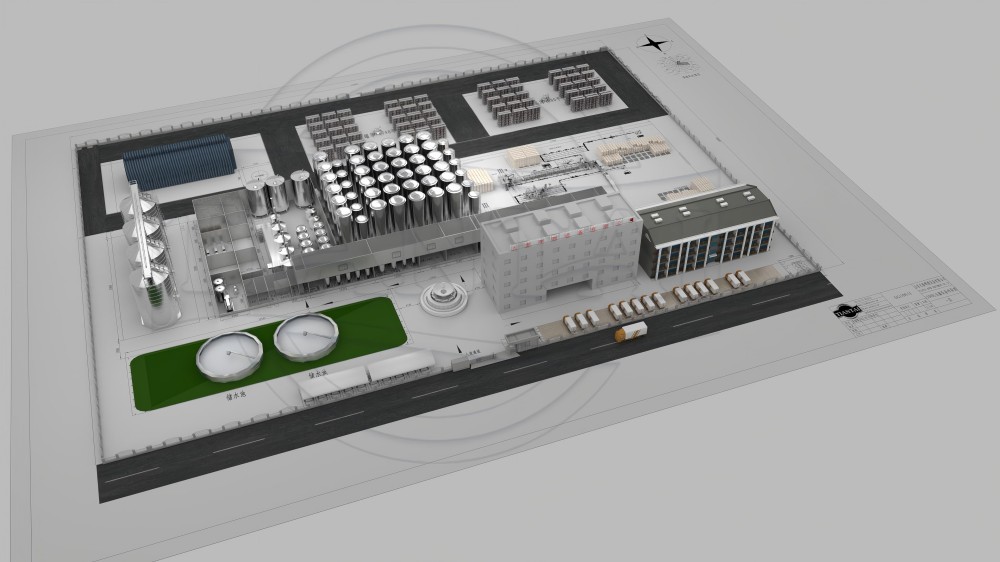In the wort boiling, pH regulates three important processes: Color development, protein break, and bitterness extraction.
A pH drop of 0.1–0.3 is inevitable through the boiling as minerals continue to react with phosphate,
but some brewers encourage this by adding salts or acids.
.jpg)
Most colors produced in the boiling process is not from caramelization, but rather the result of the Maillard reaction,
the non-enzymatic browning process under a lower-temperature requiring amino acids in addition to sugars.
The Maillard reaction happens more rapidly at higher pH values resulting in more melanoidins,
which have toasty-caramel-coffee flavors and dark colors.
If your goal is a whitish beer, lower the pH to 5.2 prior to the boiling.
Alternatively, a Scottish wee heavy or English barleywine may benefit from waiting to acidify post-boil.
The boil pH influences the amount and character of the hot break.
A pH of 5.2–5.3 produces large “egg drop soup” flecks of coagulated protein.
For the predominant wort proteins, a pH of 4.9 is the optimum isoelectric point,
where they are least soluble, but this is usually too acidic for other considerations.
A high pH will extract more alpha acids from the hops, thus increasing utilization,
but a pH in the low-5s creates a smoother bitterness by reducing tannin extraction.
Feel free to share your ideas with us about your experience about brewing PH control


.jpg)





Get A Quote